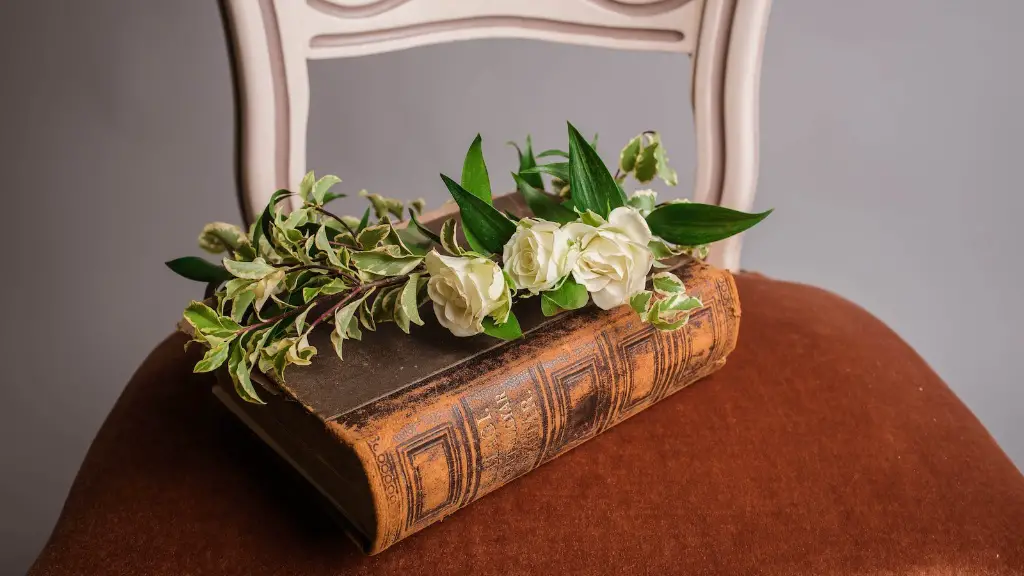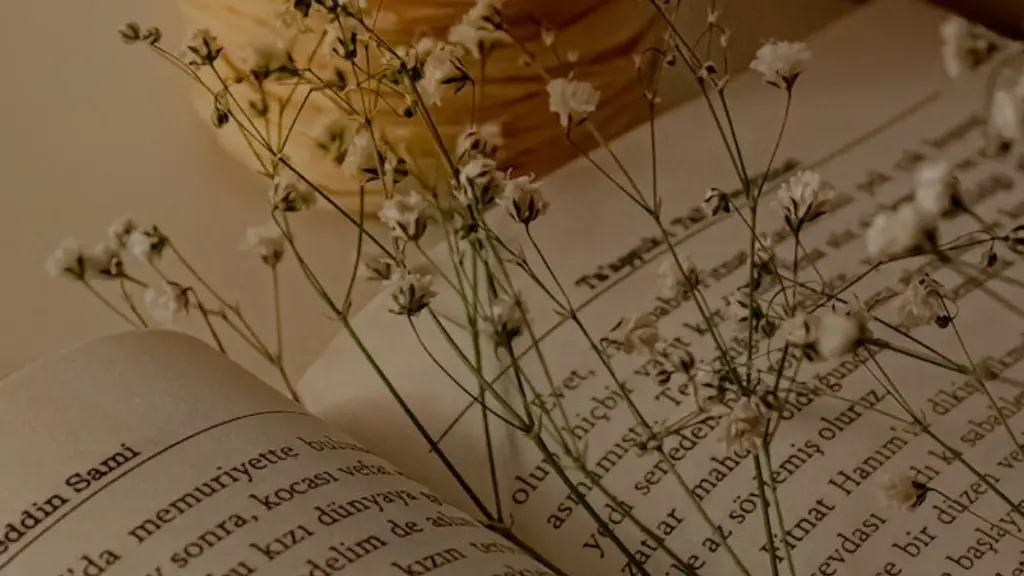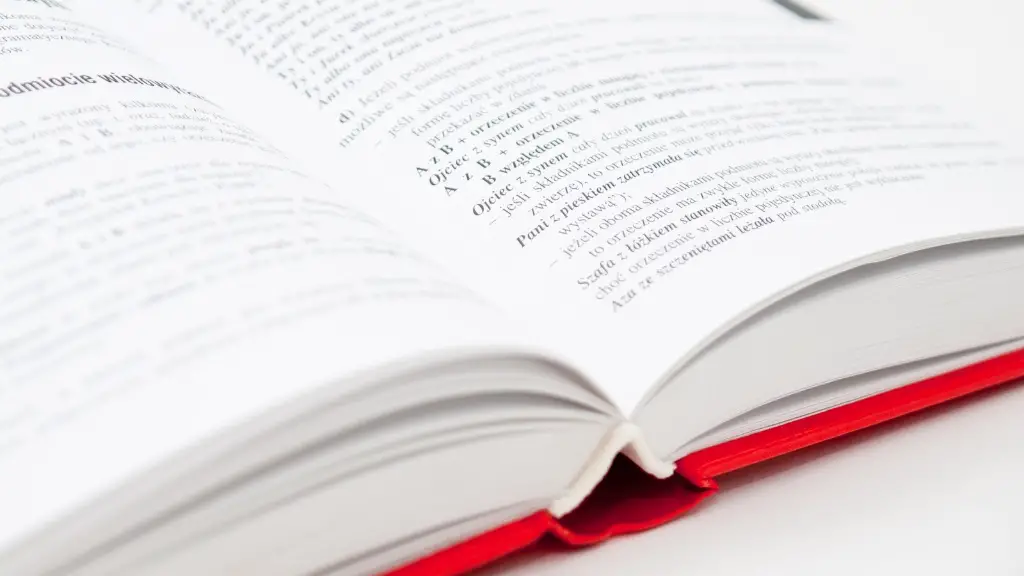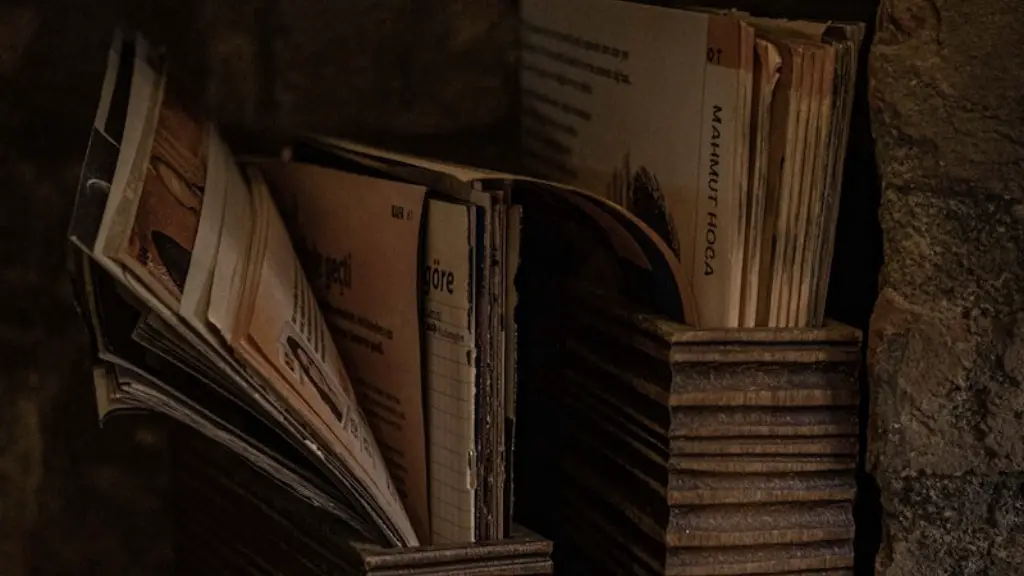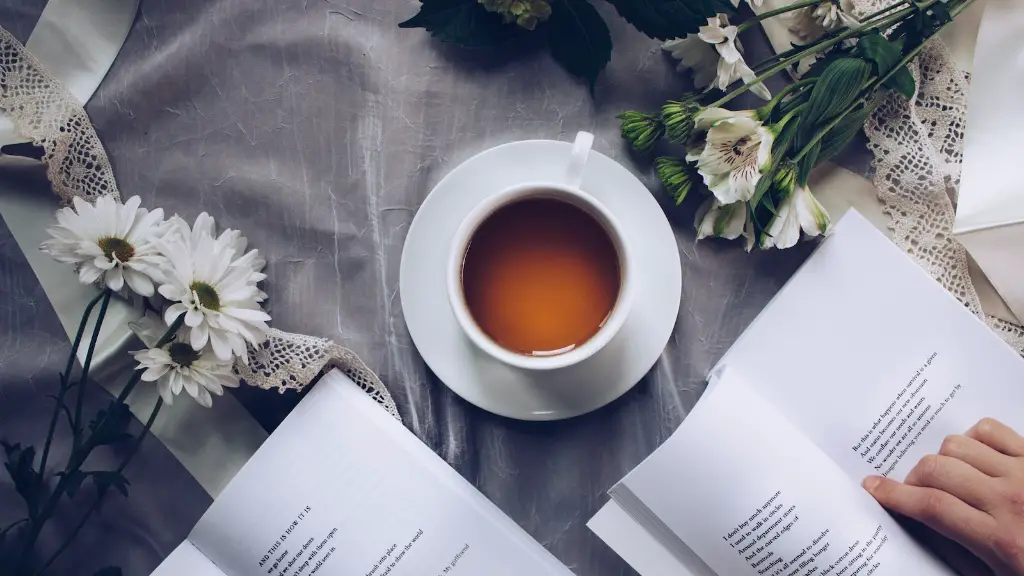An Introduction To Poetry Writing
Poetry writing is an art that encompasses a number of different mediums and styles, making it an incredibly versatile literary medium. From free verse to traditional forms, poetry writing allows a poet to express emotions and ideas in their own individualistic and often idiosyncratic manner. It can also be used to make powerful statements about the world and explore the philosophical, political and social issues of the day. Writing poetry requires knowledge, experience and a great deal of imagination, and it can be a satisfying and rewarding experience.
In order to be able to write effective poetry, a poet first needs to understand the basics of poetic structure and form. Poems can be composed in a variety of formats, including free verse and traditional forms, such as the sonnet, villanelle and sestina. It’s important to know the basics of these forms if you plan on writing them, so do some research and take the time to familiarize yourself with these forms.
Additionally, it’s important to know the basics of poetic language and terminology. This includes understanding figures of speech, like alliteration, assonance and metaphor, as well as elements of craft, such as rhythm and rhyme. Familiarizing yourself with this language and terminology will help you to better understand how to create effective and powerful poetry.
Writing good poetry requires an understanding of content, the message the poet is trying to convey, and the form or structure in which they are trying to convey it. Use your imagination to explore the subject and come up with images and events that might work effectively in a poem. Many poets also rely heavily on their own personal experiences or those of their friends and family as material, in order to make the subject matter resonate more with readers.
Do some research and read as much poetry as you can. Reading is one of the most important parts of the writing process and it can help you to gain a greater understanding of the writing craft, as well as building your confidence and knowledge base.
Creating Memorable Poetry
Beyond structure and language, the most important thing to consider when writing poetry is how memorable it is. To make your poems stand out, it’s important to try and create a work that is both intellectually stimulating and emotionally engaging.
When trying to engage readers emotionally, it’s important to have a good understanding of their perspective. Collect information about your audience, as well as what topics, themes and issues you think they might relate to. Once you have this information, use it to create images and from those ideas to create meaningful and thought-provoking poems.
It’s also important to use emotional triggers and strong language. Use vivid imagery and evocative words in order to draw out the emotions of readers and make the poem more powerful and relatable.
At the same time, there are some stylistic tips that you can use in order to help ensure your poem is interesting, engaging, and memorable. The use of active instead of passive language and interesting punctuation and metaphors can help to draw readers into the poem. Additionally, use unexpected and surprising words and images to highlight the poem’s subject matter and message.
Analysing Poetry
The best way to improve your poetry writing is to read and analyse the works of experienced poets. When reading works of established poets, look for elements of poetry that you like or which you think are effective and try to replicate them in your own writing. Be aware of line length, syllables, metaphors, stanzaic patterns, rhyme and structure.
When writing your own poetry, you must reflect and analyse your own words and images in order to ensure that your poem is effective. Read your poems out loud to yourself and also to other people. Have them listen for mistakes and consider how the poem makes them feel. This can help you gain an understanding of how your poem works and ensure that it is effective.
It’s also beneficial to research the craft and discuss your work with other poets. Discussing the technical aspects of your poem with people who are involved in a similar craft can help you to identify mistakes and areas of improvement.
Writing In Different Media
Poetry writing can also be used in other mediums, such as performed poetry, spoken word and visual art. When writing in other mediums, it’s important to consider the different forms and techniques that are available, as this will help you to create an effective and powerful poem.
For example, when performing poetry, it’s important to consider body language and tone of voice, as well as the use of props and stage effects. A large part of a successful performance is the delivery of the poem, so practicing the delivery and ensuring that you can project your voice clearly are important elements of the performance.
Spoken word is similar to performing poetry but there are more elements that need to be considered. When writing for spoken word, ensure that you consider the tempo and flow of the poem, as this can make the poem more engaging and effective. Additionally, the use of additional sound effects, like beats and music, can help to make the spoken word performance even more powerful and enable you to create an immersive experience.
Visual Poetry
Visual poetry is a type of poetry that uses visuals and images to convey the message of the poem. This can be as simple as illustrations or photographs as well as more abstract visuals, like diagrams and diagrams.
When writing visual poetry, the poet should consider both the visual elements of the poem and the written element. Use visuals to help to convey the meaning and feeling of the poem and consider how the visuals can be used to add depth and texture to the poem. This can help to create an image that is more powerful and memorable for the reader.
At the same time, use the written element to help to provide context and explanation of the visuals. This can help to make the poem more powerful and engaging for readers.
Using Technology In Poetry Writing
Technology can be an incredible help when writing poetry. There are tons of apps, websites and tools that can help you to improve your writing and make it more interesting and effective.
For example, there are tools that can help you to develop and hone your writing. Apps such as RhymeZone and Otherwords can help you to come up with better rhyme and word combinations, while some tools can even provide feedback on your work. Additionally, websites like PoetryFoundation.org and PoetryDaily can help you to find and read poetry from established and emerging poets.
Technology also provides new ways of expressing yourself as a poet. There are a number of different platforms available for poets to share their work and connect with other poets, such as social media, poetry slams and open mic nights.
Finally, consider the ways that technology can be used to make the poem more interactive and engaging. For example, the use of augmented reality and virtual reality can make the poem more immersive and can help to bring the reader into the poem.
Engaging An Audience
When writing poetry, it’s important to think about the audience. Consider what your poem is trying to say and to whom it is trying to say it. Think about the people who may be reading your poem and consider how you can make it effective for them.
It’s also important to consider the medium in which you are writing, as this can help to determine the best way to reach your audience. While some mediums may be more appropriate for certain types of poems, others may be better for others. It’s important to consider the type of poem you are writing and the medium you are using in order to ensure that you are communicating effectively with your readers.
In addition, consider the way you want your readers to interact with your poem. First and foremost, you want to ensure that your readers are engaging with your poem and that they ‘get’ it. Adding questions and spaces for comments to your poem may also be helpful, as this will enable the readers to get more engaged with the poem.
Finally, remember to let the readers know what you’d like them to take away from the poem. Make sure that your message is clear and that you are conveying it effectively.
Publishing Your Poetry
Once you’ve created a great piece of poetry, it’s important to think about how you want to share it with the world. There are a number of ways that you can get your work out there, including self-publishing and submitting it to magazines, journals and contests.
When self-publishing, it’s important to create an engaging and professional presentation of your work. Consider using a website, blog or social media platform to showcase your work and make sure that you include personal information about yourself so that readers can get to know you and get a better understanding of your work.
Additionally, submitting your work to magazines and journals can be a great way to get noticed and have your work read by a much larger audience. The submission process and requirements vary from publication to publication, so make sure that you check their guidelines before submitting.
Finally, contests are great ways to get your work out there and have it critically assessed by industry professionals. Many contests offer monetary prizes and publication, as well as critical feedback and exposure.

